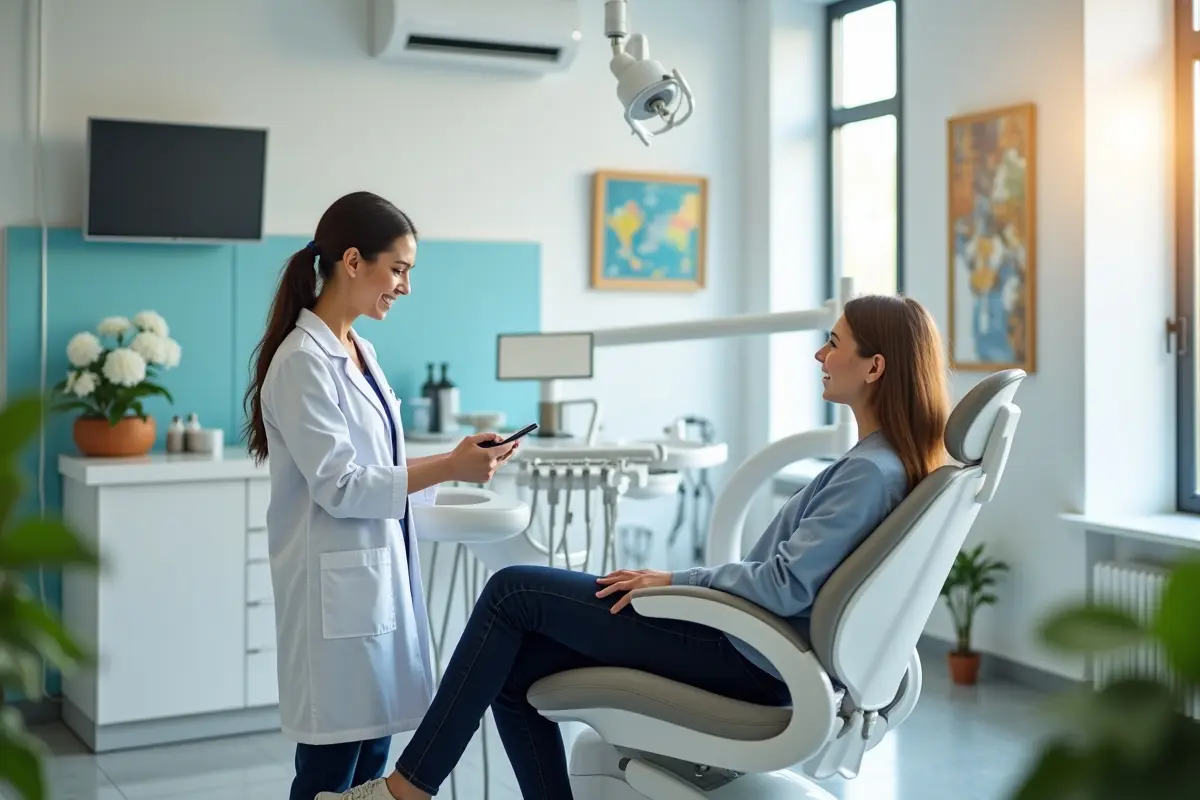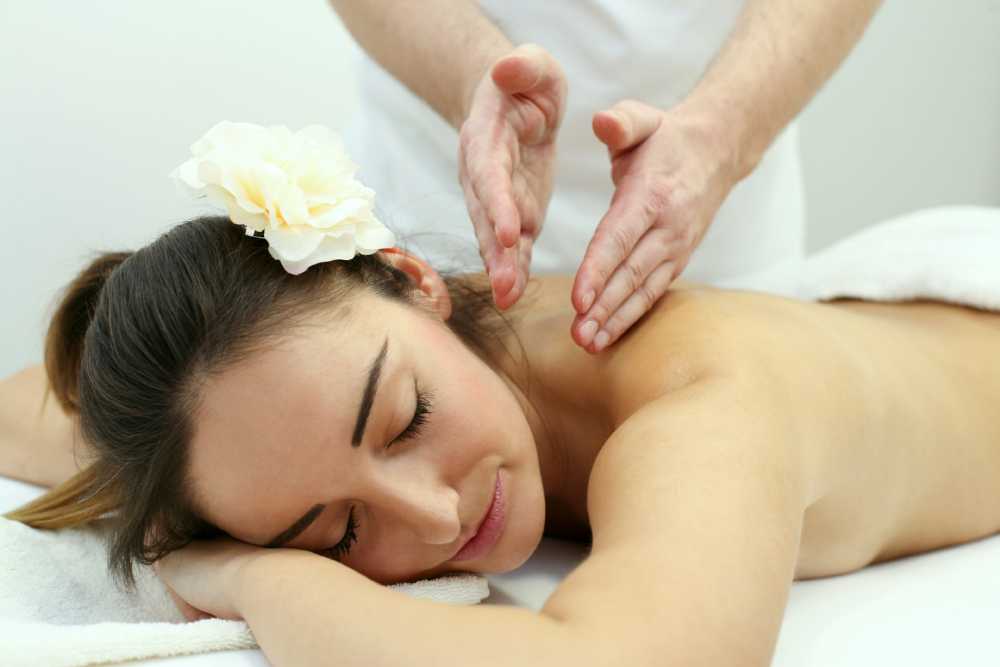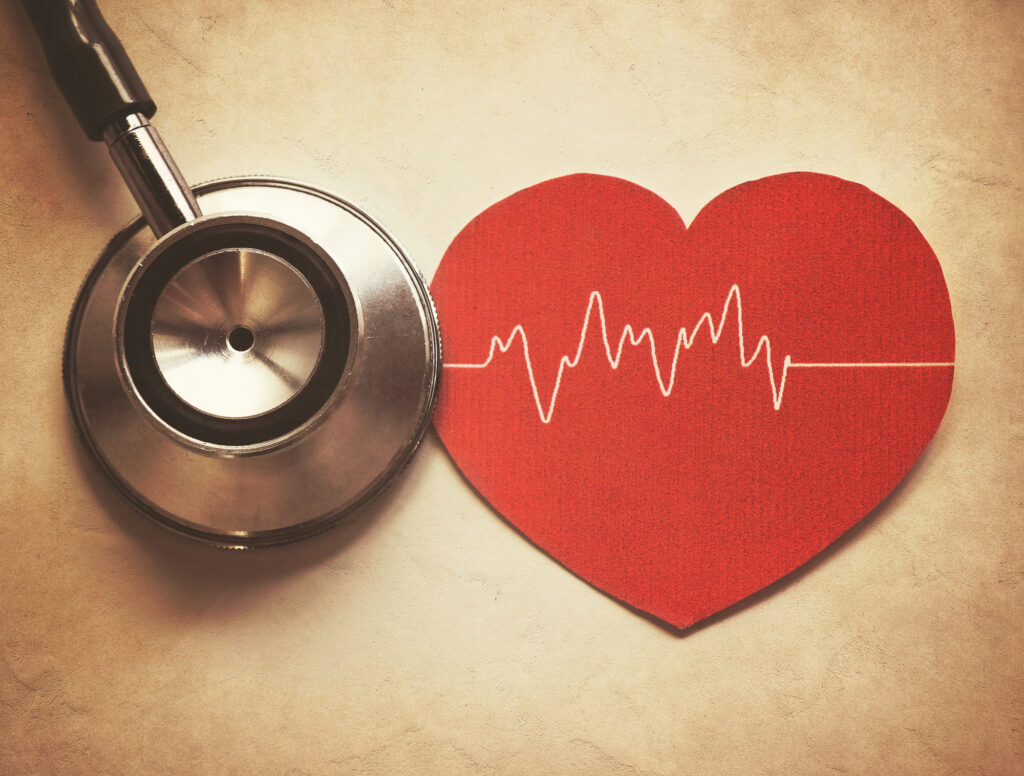Visiting a new dentist can feel a little uncertain, especially if you’re not sure what to expect. Whether it’s been a while since your last appointment or you’re simply switching providers, the unknown can be a bit intimidating. But knowing what typically happens during that first visit can help you feel more prepared and comfortable.
A Warm Welcome at the Front Desk
Your experience starts the moment you arrive. The front desk staff will likely greet you with a friendly smile and ask you to complete some paperwork if you haven’t done it online beforehand. This step is all about gathering important information like your medical history, insurance details, and any concerns you might have about your oral health.
If there’s anything specific on your mind—sensitivity in a tooth, discomfort, or even dental anxiety—this is the perfect time to mention it. Clear communication ensures your dentist is well-informed and can tailor their approach to your needs.
Pro tip: Arrive 10–15 minutes early to allow yourself time to settle in and complete any forms without feeling rushed. It’s a small thing that can make your visit much smoother.
Getting to Know You and Your Oral Health
Before the dentist in Coral Springs, FL even looks inside your mouth, they’ll want to get to know you a bit better. This initial chat is a chance to discuss your oral health goals, any previous dental experiences, and concerns you may have.
It’s not just about your teeth—it’s about understanding you as a patient. Don’t hesitate to ask questions or share details that might seem minor. Whether it’s about whitening treatments, jaw pain, or your brushing routine, your dentist is there to listen and guide you.
If you’re feeling nervous, it’s absolutely okay to say so. Dentists are trained to handle anxiety and can offer suggestions to make your visit more comfortable.
A Comprehensive Exam
Once the introductions are out of the way, the real work begins. Your dentist will perform a thorough examination of your teeth, gums, and mouth. This part usually includes:
- Visual inspection – The dentist will check for cavities, cracks, or other visible issues.
- Gum health check – They’ll look for signs of gum disease, like swelling or redness.
- Oral cancer screening – This quick, painless step involves checking for any unusual lumps or discolorations.
- Bite evaluation – The dentist might assess how your teeth align when you bite down, as this can reveal issues like grinding or jaw tension.
This exam is all about identifying areas that need attention while keeping an eye on your overall oral health.
X-Rays for a Closer Look
Most first visits include X-rays, which allow the dentist to see beyond what’s visible during the exam. These images can reveal problems like cavities between teeth, bone loss, or impacted teeth that might otherwise go unnoticed.
Don’t worry—modern dental X-rays are quick and safe, with minimal radiation exposure. Your dentist will review the images with you, explaining anything that stands out and what steps (if any) are needed to address it.
If you’re concerned about X-rays or have had them done recently at another office, let the staff know. They’ll work with you to avoid unnecessary duplication.
A Gentle Cleaning
If time allows, your first visit might also include a dental cleaning. This involves removing plaque and tartar buildup that regular brushing and flossing can’t tackle. The hygienist uses specialized tools to clean your teeth thoroughly, focusing on areas that are harder to reach. They’ll also polish your teeth to leave them feeling smooth and refreshed.
Not all first visits include a cleaning, especially if the dentist needs to spend extra time addressing specific concerns or reviewing your X-rays. If this is the case, they’ll schedule a separate appointment to ensure you get the attention you deserve.
Creating a Personalized Plan
At the end of your visit, the dentist will go over their findings and discuss your next steps. This might include scheduling follow-up appointments, addressing any immediate issues, or planning for treatments like fillings or orthodontics. Think of it as a roadmap for your oral health—customized just for you.
It’s also a good time to ask about preventive care tips or any products they recommend. Whether it’s advice on flossing techniques or a specific toothpaste for sensitivity, these recommendations are meant to keep your teeth and gums in top shape between visits.
How to Make the Most of Your Appointment
A little preparation can go a long way in making your first visit productive and stress-free. Here are a few tips:
- Bring your insurance card – If you have dental insurance, having this on hand will streamline the process.
- List any medications – Certain prescriptions can affect your oral health, so it’s helpful for your dentist to know about them.
- Note your concerns – Write down any questions or worries beforehand, so you don’t forget to bring them up during the appointment.
- Be honest about habits – Whether you’re a chronic coffee drinker or occasionally skip flossing, being upfront helps your dentist provide the best care.
Ready for a Healthy Smile?
Your first visit to a new dentist doesn’t have to be nerve-wracking. It’s an opportunity to start fresh with your oral health and build a relationship with a dental professional who can support you for years to come.
By knowing what to expect and being open about your needs, you’ll set yourself up for a positive experience that leaves you feeling confident and informed. So go ahead—schedule that appointment and take the first step toward a healthier, brighter smile!





Leave a Reply
You must be logged in to post a comment.